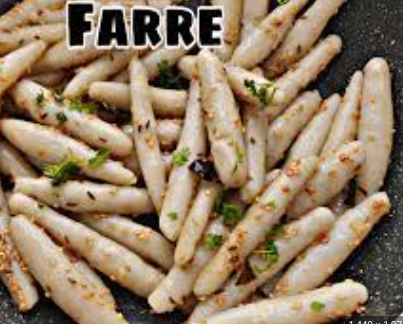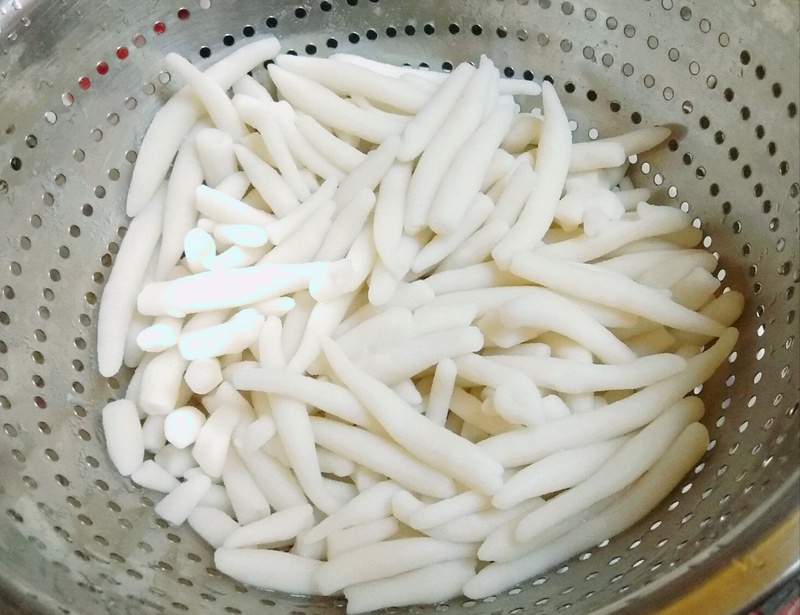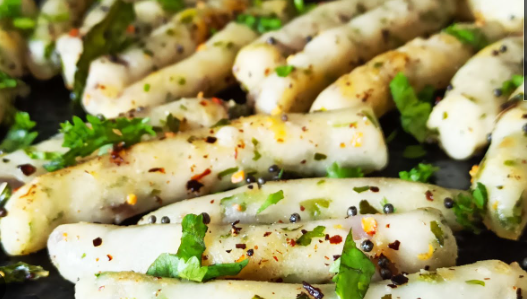The season is changing and the Navratras are here again! 2023 chaitra navratri is beginning on the 22nd of march. Personally, I find Navratri very exciting! There is bhakti in the air blended with the fragrance of colourful spring plantation all around. Fasting or observing abstinence from tamasic foods during this time is an age-old tradition which people follow in their individual ways. The navratri fasting recipes of sattvic food prepare our bodies for the coming season, encourage the consumption of sattvic foods, millets and at the same time decrease our dependence on wheat and rice as staples. I have already discussed the science of fasting in an earlier post.
Generally, people feel apprehensive about fasting for 7-8 days, feeling that the food options are very restricting. However, it is just the opposite. Navratri vrat opens the doors for new varieties of nutritious ingredients and recipes that we may not otherwise embrace. You may also check the list of spices and food items ( flours, herbs, vegetables) that are allowed during navratra fasts.
It is a total misconception nothing is interesting to eat during Navratri fasts.
When I started searching, I found ten Navratri fasting recipes that looked very very interesting. But some were complicated and some looked drab.
However, I discovered two exciting, yummy and easy-to-make recipes that I am sharing today. Check out these Navratri vrat recipes of steamed Fara with apple/sweet potato salad. Sama rice or barnyard millet can be consumed during vrat. Check our vrat dhokla recipe also which really comes out well.
Crispy steamed Sama Rice Faras


This is a sama rice or sawak rice navratri fasting recipe that is very innovative, non-fried, nutritious as well as filling. Sama rice millet can be consumed in vrat because it is a type of seed from a grass variety. All other ingredients are also allowed in navratra fats.
Ingredients
Sama rice ( baryard Millets) – 1/2 cup (90 gms)
Rock Salt sendha namak – 3/4 tsp
Black Pepper – ¼ teaspoon, crushed
Oil – 1 teaspoon
Green Chilli – 2, finely chopped
Ginger – 1/2 tsp paste
Carrot – 1/4 cup, finely chopped
Coriander Leaves – 2 tablespoons
Sesame Seeds – 2 teaspoons
Oil to saute- 1 tablespoon
Method of making Fara
1. Making the dough
Wash and soak half a cup of Sama rice for 30 minutes. Next, drain out the water and add the rice to a mixer jar with 1 tbsp of water. Now grind it finely. Pour this batter in a wok. Add ¾ tsp rock salt and ¼ tsp crushed black pepper to it. Cook this mixture on low flame while stirring continuously till it comes in a dough form.
Remember, keep stirring continuously to avoid the formation of lumps. When the mixture thickens, add one teaspoon of fasting oil in it and cook it while stirring again. When the dough is ready, turn off the flame and cover it and keep it aside for 5 minutes.
After 5 minutes, add 2 finely chopped green chillies, ½ tsp ginger paste, ¼ cup finely chopped carrots and 2 tbsp green coriander. Mix well.
2. Shaping the fara
Put some oil on your hands. Take some dough and roll it in your hands shaping it as a cylinder. Roll out such cylindrical faras with the rest of the dough.
3. Steaming

Grease a big sieve that can fit in your pan and keep it aside. Put 3 cups of water in the pan and bring it to a boil. Now place the faras on the sieve. Next, put he sieve in the pan, cover the pan and let the faras steam on a medium flame for fifteen minutes. After the time is over, remove the cylinders and allow them to cool down. Delicious Faras are cooked and ready! Now we will saute them.
4. Sauteeing the farre
Pour 1 tbsp oil into a non-stick wok and heat it. Add 2 teaspoons of sesame seeds and 2 green chillies (cut lengthwise) and fry them a little. Now put all the fara in it and toss on medium flame till they become slightly crispy from all sides. Take them out when they turn light brown. In this way, the crispy Vrat Wale Fara will be ready.

Tips
- Very little water has to be added while grinding sama rice.
- Carefully measure and add water while cooking the farre batter.
- Cook it until it becomes a thick dough.
-=-=-=-=-=-=-=-=-=-=-=-=-=-=–=-=-=-=-=-=-=-=-=-=–=-=-=-=-=-=-=-=-=-=-=-=-=-=-=-=-=
Apple and sweet potatoes salad
Ingredients
300 gms sweet potato(shakarkandi) – boiled, peeled & diced
1 red apple, diced
Few spinach leaves, roughly shredded
Few Walnuts, roughly broken
Melon seeds – 1 teaspoon
Chaat masala – 1 tablespoon
Chilli powder 1 – tablespoon
Cumin seeds – roasted and powdered- 1 tablespoon
2 tbsp yoghurt, beaten
Lemon juice to taste
Fresh Coriander, chopped
Fresh mint, chopped
Method:
1. In a mixing bowl add cumin seed powder, chilli powder, chaat masala and lime juice and mix well.
2. Now add sweet potato, diced apples, spinach, and walnuts and mix well.
3. Transfer to serving bowls and pour the remaining seasoning on top.
4. Sprinkle the chopped coriander and mint leaves and serve immediately.
5. Optionally, you may serve it with whisked yoghurt.
TIPS
You may replace yams with boiled potatoes. Adding paneer cubes is also a proteinaceous variation.
Navratri Fasting recipe of Chutney

Ingredients for green cilantro dip
Coriander Leaves – 1 cup
Green Chillies – 3
Ginger – 1/2 inch
Roasted Peanuts – a few
Dry pomegranate(anardana) powder- 1 teaspoon
Rock Salt(sendha namak) – 3/4 teaspoon
Black Pepper – 1/4 teaspoon, crushed
Method
In a mixer jar, add 1 cup coriander leaves, 3 green chilies, ½ inch piece of ginger, anardana powder, peanuts, ¾ tsp rock salt and ¼ tsp crushed black pepper. Now grind them finely and take them out in a bowl. In this way, the fasting chutney will be ready.
Final notes
There is long-established scientific logic at the root of our socio-religious practices, and it includes fasting. Fasting is a good way to cleanse our bodies from the inside. Fasting or vrat can be practised in varying degrees, from complete to partial abstinence from food.
It gives the digestive system a much-needed rest.

One comment
Pingback: Vrat Dhokla Recipe - Meenu Arora's Blog